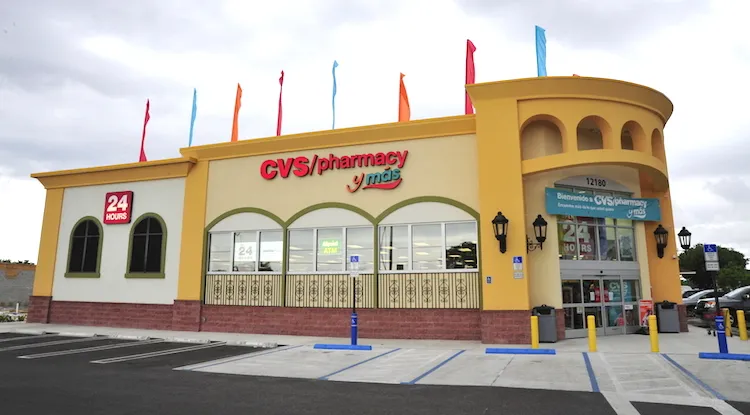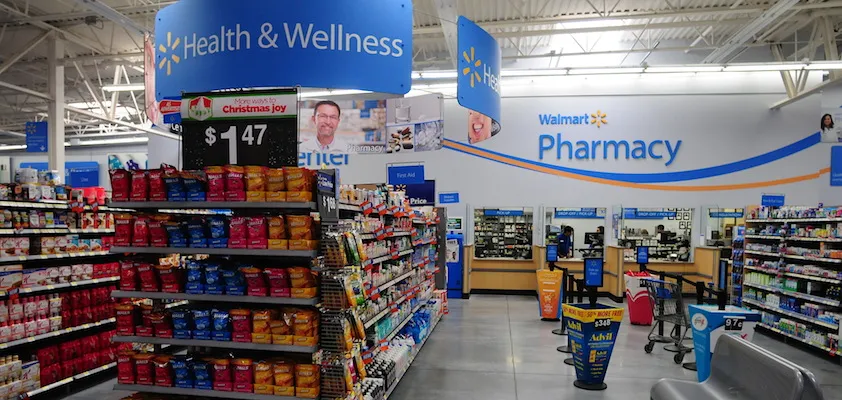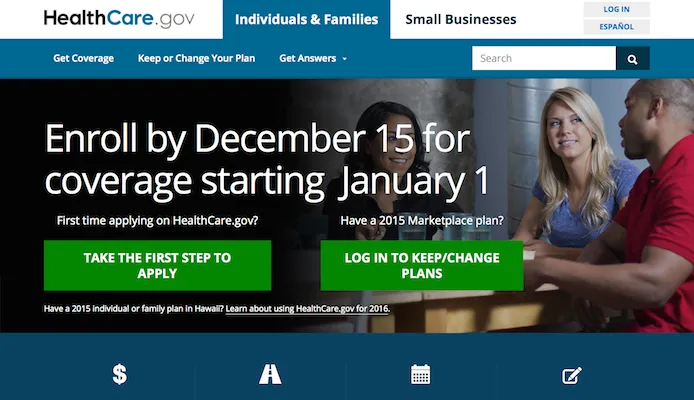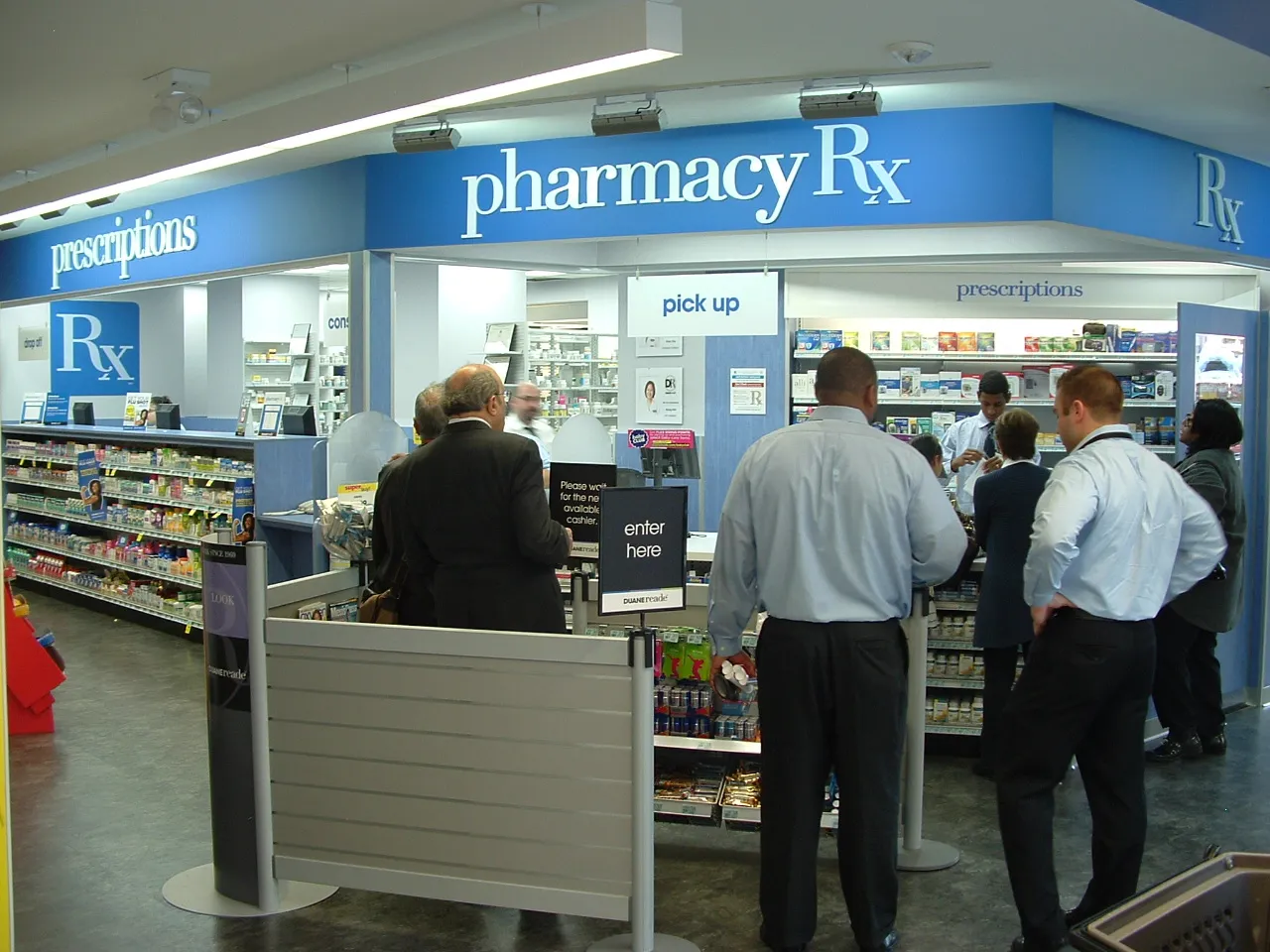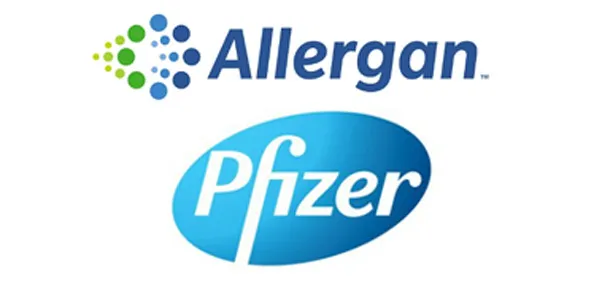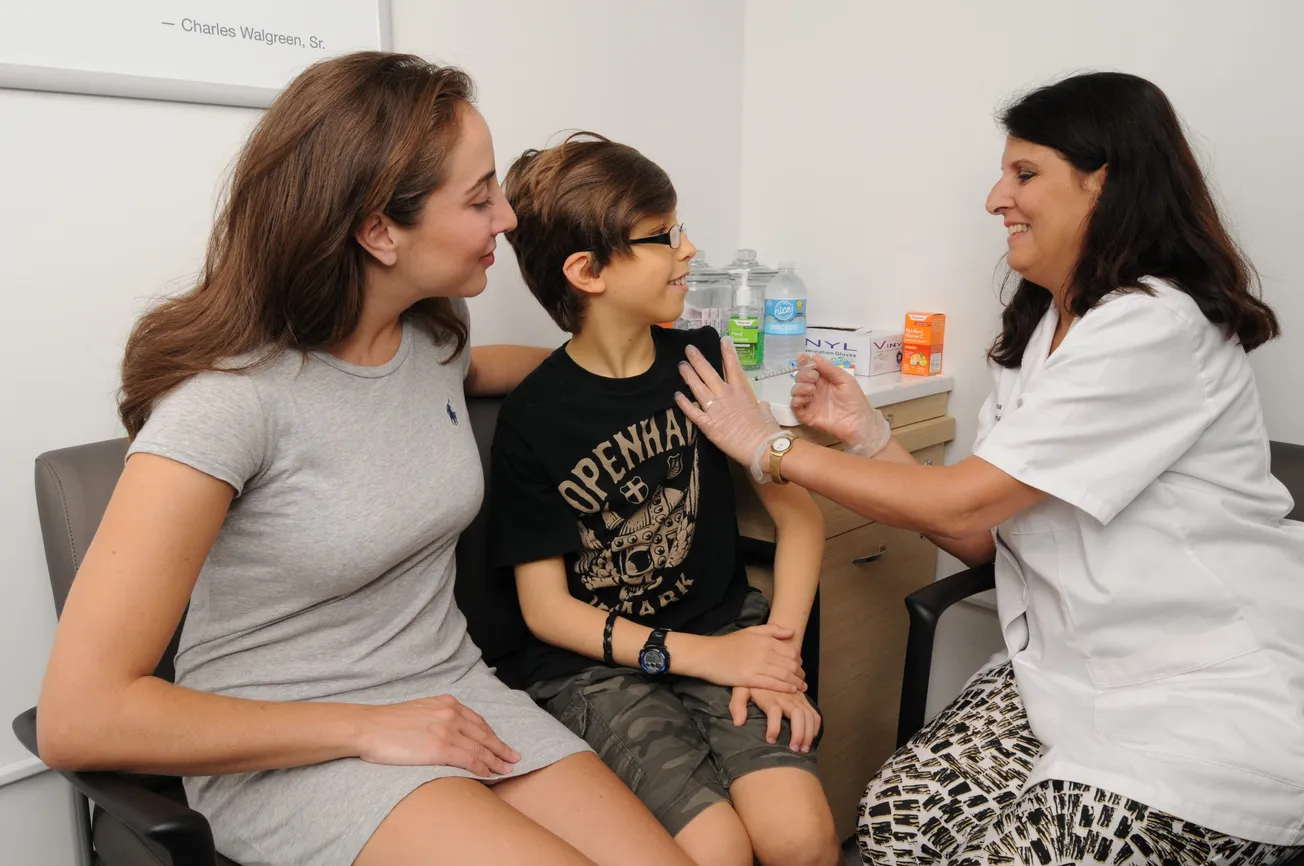It was a very productive spring for CVS Health. Already performing at a level that made it the envy of most other retailers and health care providers, the company took a series of steps in May and June that will increase its chances of success in several burgeoning sectors of the marketplace.
The biggest news from a retal pharmacy perspective was CVS’ agreement to acquire Target Corp.’s prescription drug and clinic operations for some $1.9 billion. Announced in mid-June, the deal will bring the company more than 1,660 pharmacies, in 47 states, that generate $5 billion in annual sales. The addition of those prescription counters, which will be operated via a store-within-a-store format, will make CVS — which recently passed Walgreen Co. as the nation’s No. 1 filler of scripts — the clear leader in the field, with 9,460 pharmacies and $51 billion in prescription sales.
The expanded store base, including outlets in some parts of the country where CVS does not currently have a strong presence, will make the company a more attractive partner for third-party payers. In addition, the larger scale will give the company more leverage in negotiations with pharmaceutical companies and other suppliers.
CVS Health president and chief executive officer Larry Merlo scored another coup in May when the company struck a deal to buy Omnicare Inc., a pharmacy services provider that focuses on long-term-care facilities, for $12.7 billion. The purchase of Omnicare, which generated $6.42 billion in sales in 2014, will open up a new distribution channel for CVS, one where senior citizens and people with chronic conditions comprise the patient base. That’s a particularly attractive niche, since those consumers are the heaviest users of prescription medications and the aging of the baby boomers is sure to create greater demand.
Another major demographic shift to which CVS is responding is the surge in the Hispanic population. Early last month the company unveiled CVS/pharmacy y mas, a format tailored to the needs of those customers. The concept, which thus far has been implemented at 12 stores in greater Miami, is intended to provide personalized service to Latino shoppers. That entails such things as a bilingual staff and the addition of more than 1,500 Hispanic products, including such brands as Cafe la Llave, Agustin Reyes, Fabuloso, Suavitel and Creolina.
CVS/pharmacy y mas features a Navarro fragrance counter, a bow to Navarro Discount Pharmacy, the Miami-based chain that CVS bought last year. Navarro’s success in serving Hispanic consumers has helped its new parent company develop a strategy to diversify its offerings based on the needs of people in the local community.
Yet more evidence of CVS’ determination to prepare for the future was the debut of a digital innovation lab in Boston last month. The facility, which is expected to eventually have a staff of 100, is intended to accelerate efforts to give customers a “connected health experience,” one that integrates pharmacy and front-end offerings, and complement the work already under way at CVS’ digital center at its headquarters in Woonsocket, R.I.
New ideas intended to enhance the health and beauty experience at CVS/pharmacy are also being rolled out. The changes, which come in the wake of last year’s admirable decision to exit the tobacco business, include the expansion of healthy food options, together with the Fit Choice shelf-tagging system; a larger assortment of condition-specific over-the-counter health care products; and augmented beauty care offerings that reflect the link between outer and inner beauty. To begin with, all of the front-end innovations will be added to 150 high-volume stores, and elements of the initiative will be deployed more broadly.
Each of the developments at CVS over the course of the past six weeks has significant implications for the company and the industries of which it is such an important part. Taken together, they paint a picture of an organization that refuses to be satisfied with the status quo and is always on the lookout for the next opportunity to become more effective in achieving its goal of helping people on their path to better health.
Merlo and his colleagues deserve a lot of credit for laying the groundwork for a bigger, stronger CVS and, in the process, better equipping the company to exert a positive impact on the lives of the people it serves in both the retail and health care sectors. Their work in recent days will make CVS an even more formidable competitor.

